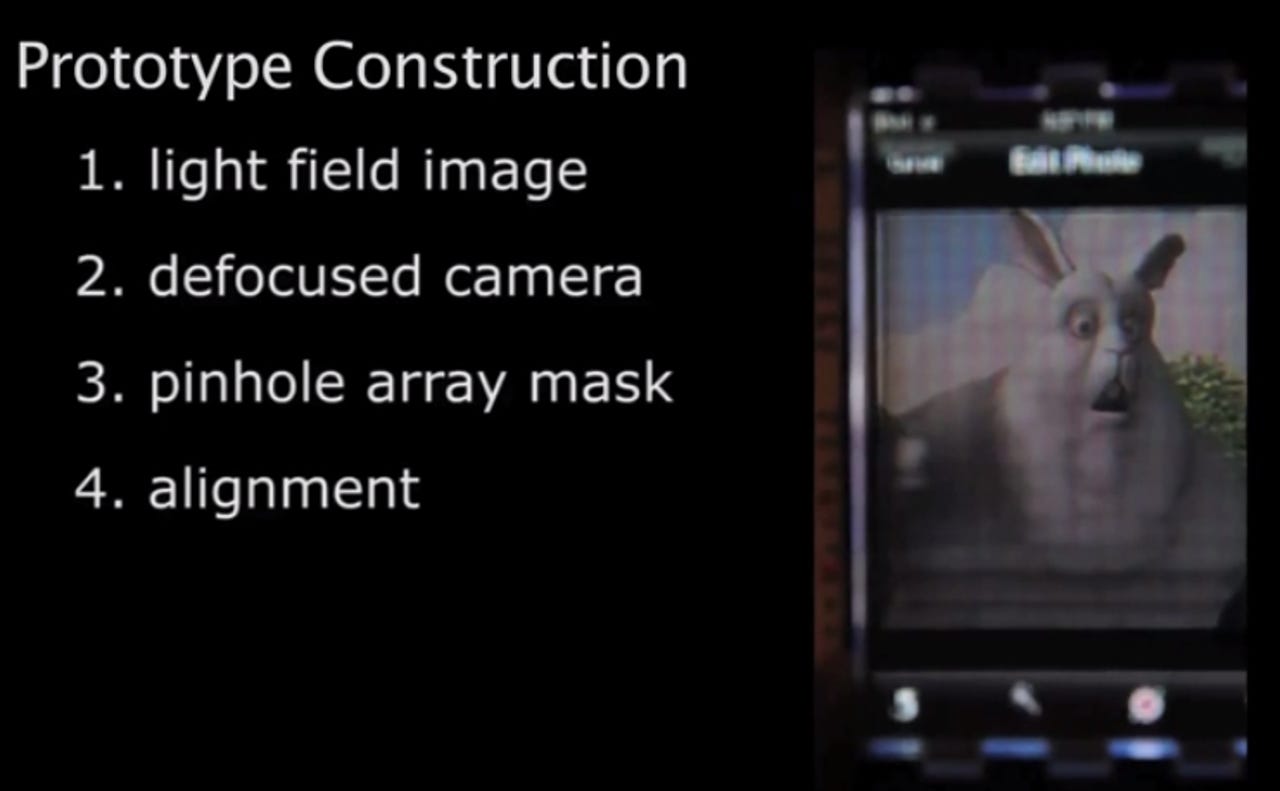Researchers eye vision-correcting displays for devices

New electronic display technology can automatically correct for vision defects without glasses or contact lenses, according to researchers at the MIT Media Lab and University of California at Berkeley.
The technology has applications for everything from e-readers and tablets to smartphones and GPS displays. By building vision correction into electronic displays researchers are hoping to improve conditions in emerging markets where glasses and prescription lenses don't come easy.

Gordon Wetzstein, a researcher at MIT's Media Lab, penned a research paper describing the technology. The paper will be presented at Siggraph, a graphics conference, later this month. Ramesh Raskar, director of the Media Lab's Camera Culture group, and Berkeley’s Fu-Chung Huang and Brian Barsky are also listed on the paper.
The vision correction screens are a spin on the glasses-free 3D technology also developed at MIT. MIT's 3D screen projects different images to the left and right eye. The vision-correction version slightly different images to parts of the viewer's pupil.
Vision-correcting displays use software and algorithms to simulate an image at the proper focal distance to be seen correctly. Given advances in screen technology such as the Amazon Fire's glasses free 3D effects---also known as dynamic perspective---some variation of vision correction may be possible commercially in the future.
Key points include:
- An overlay essentially puts glasses on the device. The overlay is a printed transparency.
- Software personalizes the display to your lens prescription.
- An algorithm allows individual screen pixels to project images at different viewing angles with only a modest loss in resolutions.
- The prototype needs display pixels that are masked from parts of the pupil. Because of that reality there's a transparency overlay of the screen with an array of pinholes to block light.